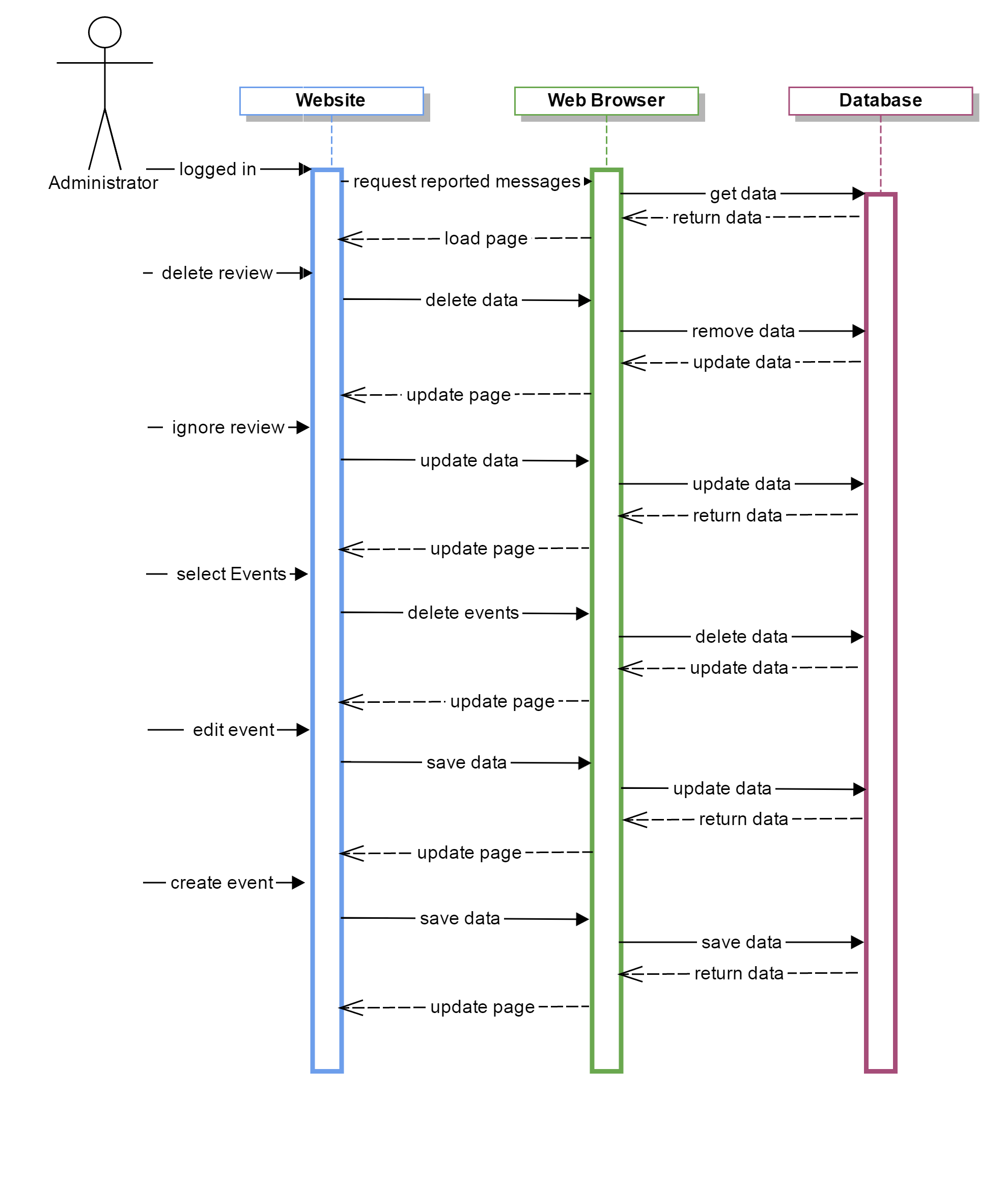

575 of UML 2.5:Ī reply-message-label is used for reply Messages. Also you will show a return message if you have assignements or any other signature relevant to some return result. You would probably show that where you had some complex message structure during execution (I only showed one single message but you can imagine a forest here, I guess). The third message has an explicit return.Still it's trivial enough to omit the return since Object1 can only commence after the execution of Object2 for the message has ended. The second message triggers something more complex in Object2 (that is a message to Object3).So in the above picture the first message does not show a return because it's trivial.Here's a rough sketch where I omitted almost anything that's not needed: You will use a return message in cases where the called object performs certain actions and only then returns to the caller were that comences with further actions. If you omit it, the synchronous message will imply the return.


 0 kommentar(er)
0 kommentar(er)
